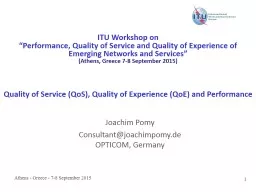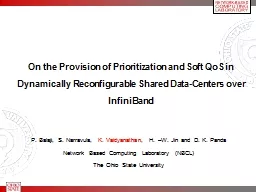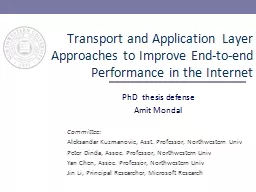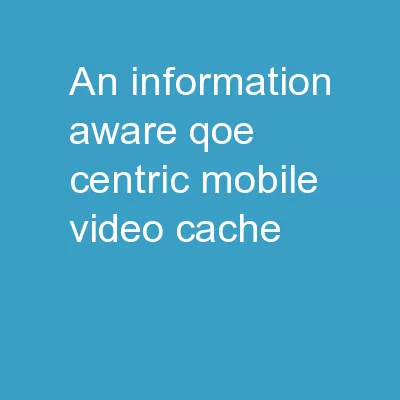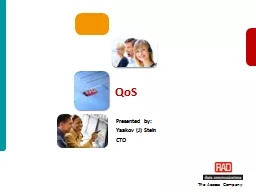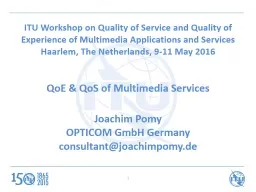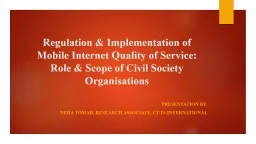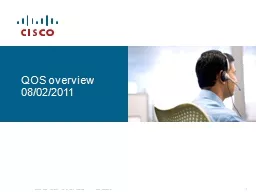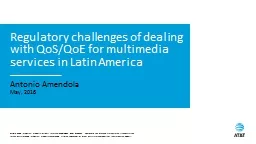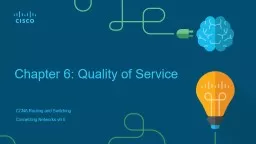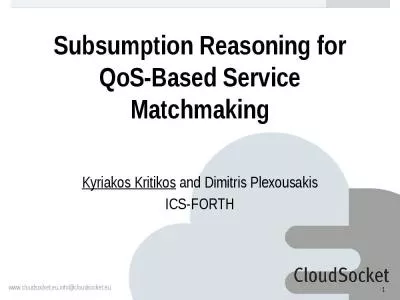PPT-1 Quality of Service (QoS), Quality of Experience (QoE) and Performance
Author : unisoftsm | Published Date : 2020-06-17
Joachim Pomy Consultantjoachimpomyde OPTICOM Germany ITU Workshop on Performance Quality of Service and Quality of Experience of Emerging Networks and Services
Presentation Embed Code
Download Presentation
Download Presentation The PPT/PDF document "1 Quality of Service (QoS), Quality of E..." is the property of its rightful owner. Permission is granted to download and print the materials on this website for personal, non-commercial use only, and to display it on your personal computer provided you do not modify the materials and that you retain all copyright notices contained in the materials. By downloading content from our website, you accept the terms of this agreement.
1 Quality of Service (QoS), Quality of Experience (QoE) and Performance: Transcript
Download Rules Of Document
"1 Quality of Service (QoS), Quality of Experience (QoE) and Performance"The content belongs to its owner. You may download and print it for personal use, without modification, and keep all copyright notices. By downloading, you agree to these terms.
Related Documents

